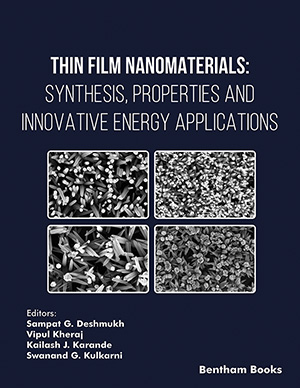
Abstract
Introduction: Prostate cancer is the second most often occurring cancer in males and the fourth most common cancer overall. Beta-sitosterol (β-Sit), the most prevalent plant phytosterol found in several plant species, has been reported to have inhibitory effects against several malignancies. Even though β-Sit has considerable potential, its therapeutic uses are limited due to its poor aqueous solubility (<0.1 mg/ml), low bioavailability (0.41%), and poor absorption from GIT. Nanosuspension is one of the most innovative approaches to address problems linked to low solubility and poor absorption.
Method: In the present research work, β-Sit nanosuspension has been fabricated by nanoprecipitation- ultrasonication, followed by high-pressure homogenization (Panda plus 2000) employing HPMC E5 and poloxamer (188 and 407) as stabilizers, optimized using a Box-Behnken technique. Subsequently, in situ nano gel was prepared by dispersion method using gellan gum as an ionsensitive polymer by incorporating optimized nanosuspension.
Results: The optimized nanosuspension was evaluated for various parameters and has been found to have an average particle size (137 ± 5.07 nm), zeta potential (-24 ± 4.99), PDI (0.207), and improved solubility up to 5 folds, being suitable for systemic absorption through the nasal route. The optimized in situ gel was characterized and showed the desired viscosity, good spreadability, acceptable gelation property, and sufficient mucoadhesive strength to adhere to nasal mucosa after ionic interaction. The in vitro release of pure drug, nanosuspension, and the optimized gel was compared, and optimized in situ gel showed a maximum release of 91.41 ± 1.32% up to 8 hours.
Conclusion: It was concluded that the in situ nasal nanogel could be the best possible approach to delivering β-Sit into systemic circulation for the treatment of prostate cancer.
Keywords: Beta-sitosterol, nanosuspension, in situ nanogel, prostate cancer, Box-Behnken model, high-pressure homogenization, nanotechnology, optimization.























